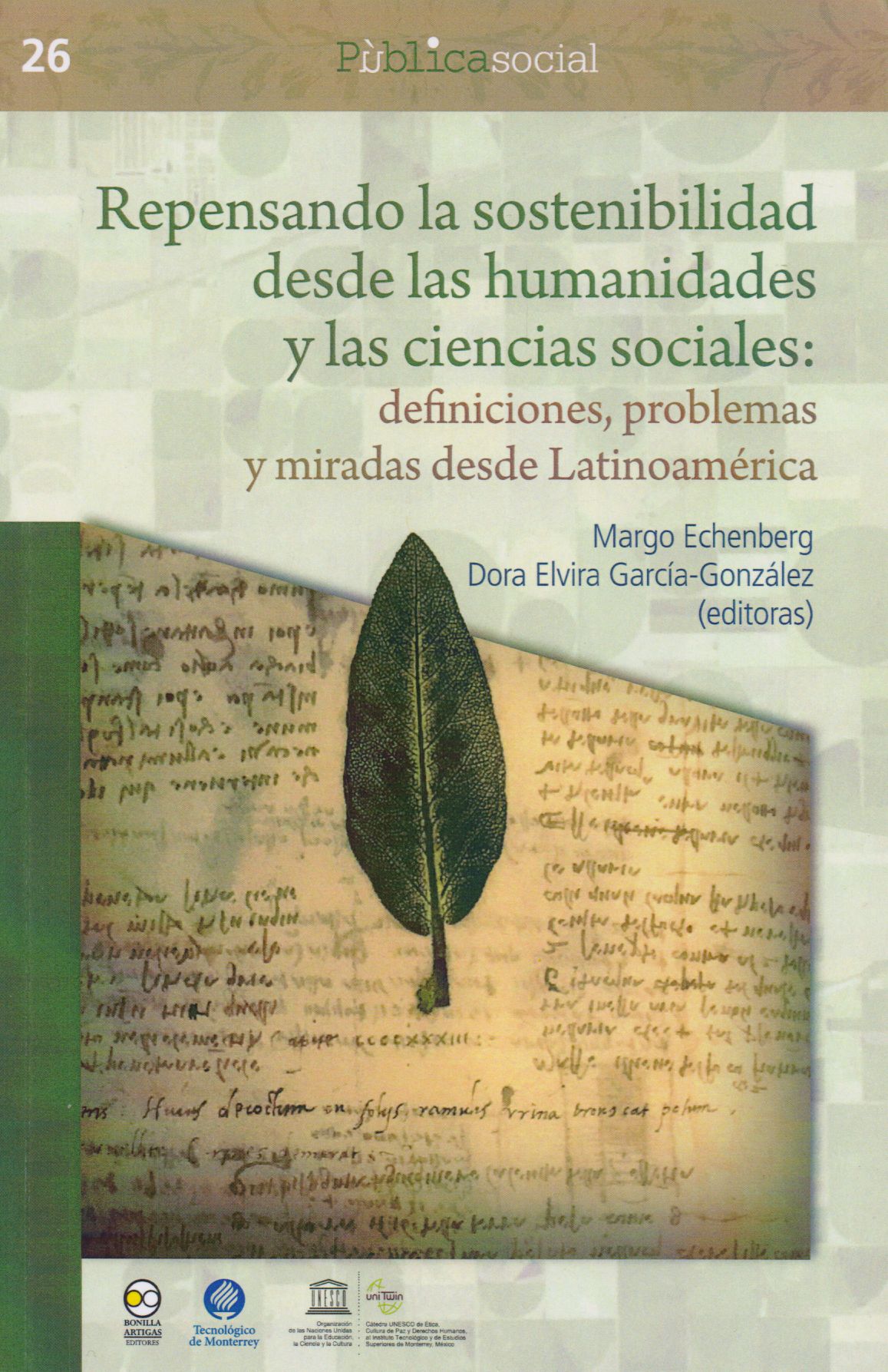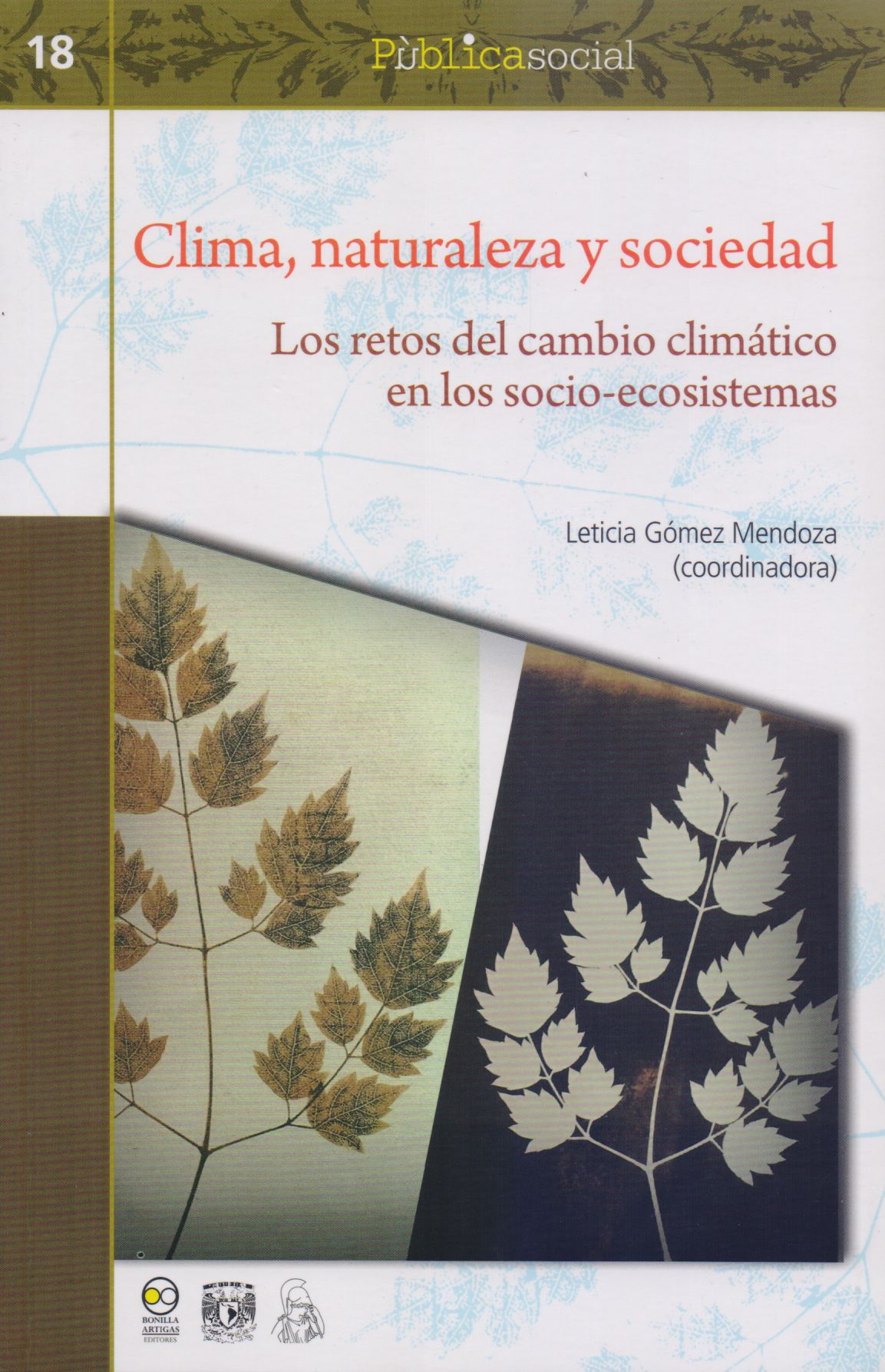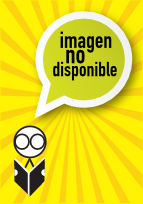Libros relacionados
 |
Repensando la Sostenibilidad Desde las Humanidades y las Ciencias Sociales: Defi Echenberg, Margo / García-González, Dora Elvira (Editoras) Bonilla Artigas Editores |
 |
Clima, Naturaleza y Sociedad: los Retos del Cambio Climático en los Socio-Ecosis Gómez Mendoza, Leticia (Coord.) Bonilla Artigas Editores |
 |
Plows, Plagues, And Petroleum: How Humans Took Control Of Climate Ruddiman, William Princeton University Press |
 |
Jóvenes Universitarios y el Cambio Climático, Los González Gaudiano, Edgar J. Y Maldonado González, Ana Lucía Universidad Veracruzana |
 |
Changing Climate Politics; U. S. Policies And Civic Action Yael Wolinsky-Nahmias Sage Publications, Inc. |
 |
A Dictionary Of Climate Change And The Environment R. Quentin Grafton , Harry W. Nelson , N. Ross Lambie , Paul Edward Elgar Publishing |


|
Título: New Approaches To Interpreter Education. ( Vol. 3 Interpreter Education Series) | |
| Autor: Roy, Cynthia B. (Ed.) | Precio: $720.00 | |
| Editorial: Gallaudet University Press | Año: 2006 | |
| Tema: Cambio Climatico | Edición: 1ª | |
| Sinopsis | ISBN: 9781563682971 | |
| The latest addition to the Interpreter Education series expands the tools available to instructors with six new, vital chapters on new curricula and creative teaching methods. Series editor Cynthia B. Roy leads the way by calling for the use of a discourse-oriented curriculum for educating interpreters. In the following chapter, Claudia Angelelli outlines the bottom-line principles for teaching effective health-care interpreting, postulating a model that depends upon the development of skills in six critical areas: cognitive-processing, interpersonal, linguistics, professional, setting-specific, and sociocultural. Risa Shaw, Steven D. Collins, and Melanie Metzger collaborate on describing the process for establishing a bachelor of arts program in interpreting at Gallaudet University distinct from the already existent masters program.
In the fourth chapter, Doug Bowen-Bailey describes how to apply theories of discourse-based interpreter education in specific contexts by producing customized videos. Jemina Napier blends three techniques for instructing signed language interpreters in Australia: synthesizing sign and spoken language interpreting curricula; integrating various interpreting concepts into a theoretical framework; and combining online and face-to-face instruction. Finally, Helen Slatyer delineates the use of an action research methodology to establish a curriculum for teaching ad hoc interpreters of languages used by small population segments in Australia. |
||
Librería Bonilla SA de CV © Todos los derechos reservados. 2019
Última actualización: Jul 2019




